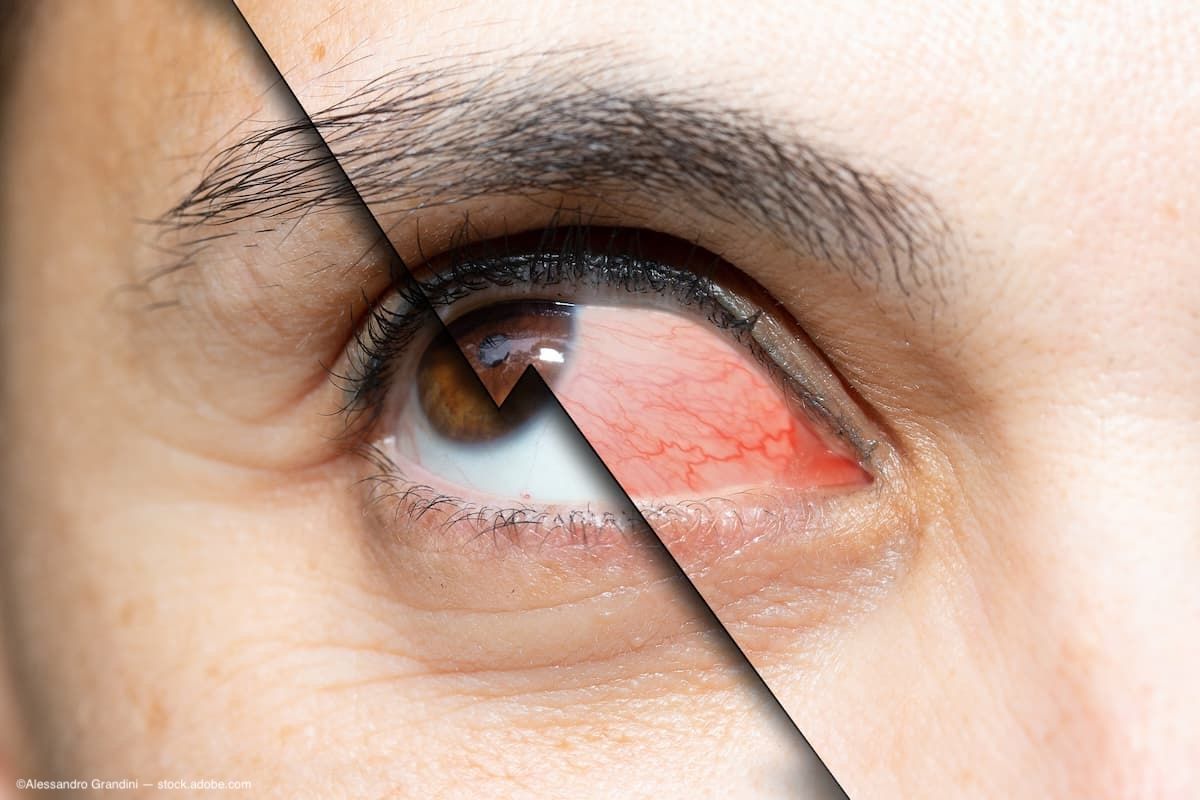Article
Boston Retinal Implant Project reports engineering feat
For several years, members of the Boston Retinal Implant Project group have been working to develop a prototype for a wireless ab externo subretinal prosthesis. Just one week ago, the receiver and stimulator chip came back from fabrication, and John L. Wyatt, PhD, of the Massachusetts Institute of Technology, Cambridge, MA, reported that it has worked perfectly in extensive initial testing.
May 3
- Fort Lauderdale, FL - For several years, members of the Boston Retinal Implant Project group have been working to develop a prototype for a wireless ab externo subretinal prosthesis. Just one week ago, the receiver and stimulator chip came back from fabrication, and John L. Wyatt, PhD, of the Massachusetts Institute of Technology, Cambridge, MA, reported that it has worked perfectly in extensive initial testing.
"I have never heard of this happening before in the university environment and believe it is a rare occurrence in industry as normally one would expect to need months to years of repeated design and fabrication efforts to correct errors," Dr. Wyatt said. "We are thrilled and amazed that this prototype has worked the first time, and it is now ready for use in implantation, putting us 12 to 18 months ahead in our schedule."
Dr. Wyatt credited Luke Theogarajan, MS, an MIT graduate student, for the device design. The immediate goal is to finish assembly and then to perform functional testing and an encapsulation soak test of the assembled system. The first animal trial will be a 1-week implantation with wireless stimulation and cortical recording.
Although the group began working to develop an epiretinal implant, Joseph Rizzo, MD, of the Massachusetts Eye and Ear Infirmary at Harvard University noted that the ab externo subretinal approach seems to offer significant engineering and biological advantages.
"The only thing that enters the eye is an ultra-thin film electrode array," he said. "This approach considerably reduces the risk for intraocular complications, makes it easy to encapsulate the electronics, and allows for power dissipation to occur away from the delicate retina."
Newsletter
Don’t miss out—get Ophthalmology Times updates on the latest clinical advancements and expert interviews, straight to your inbox.




